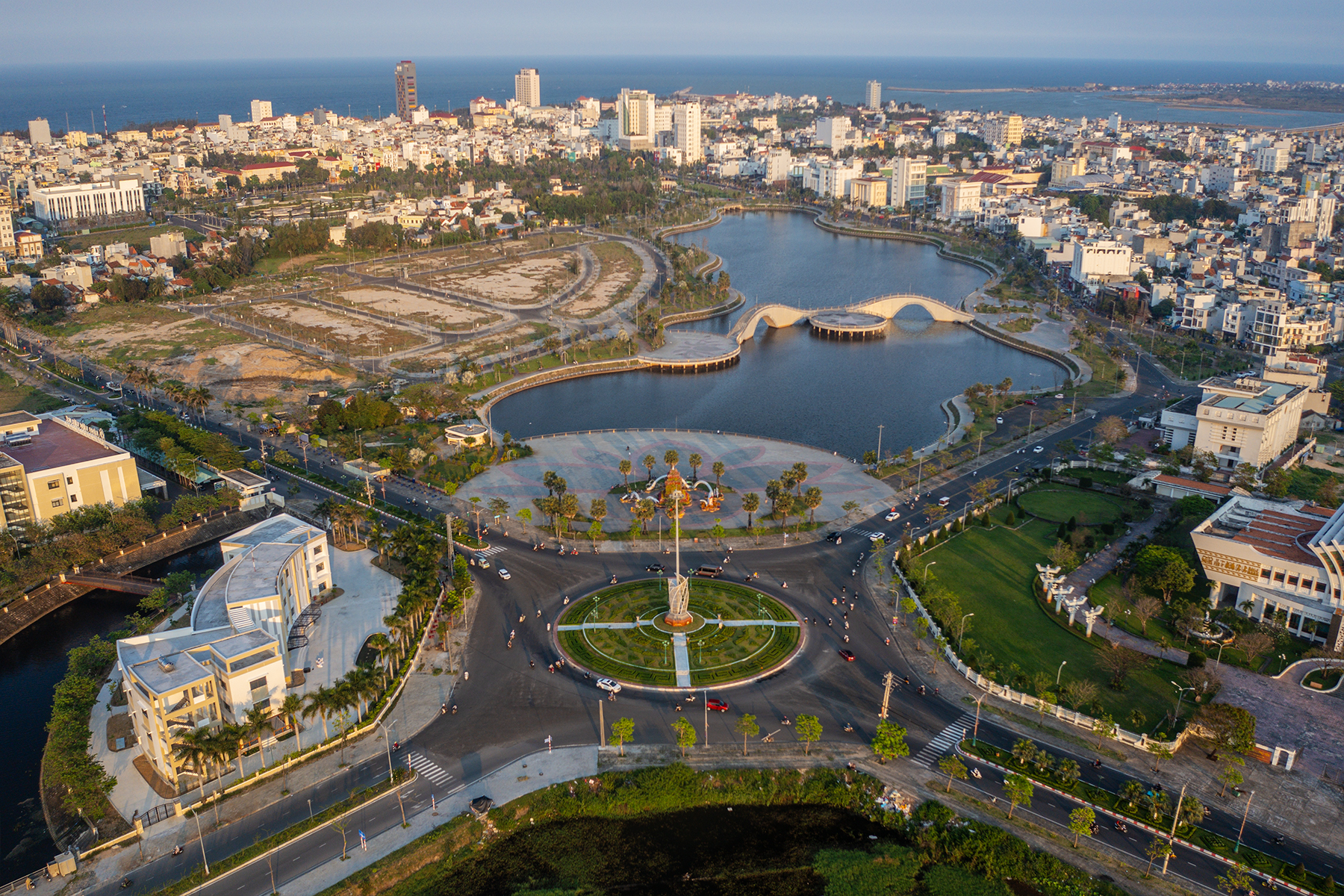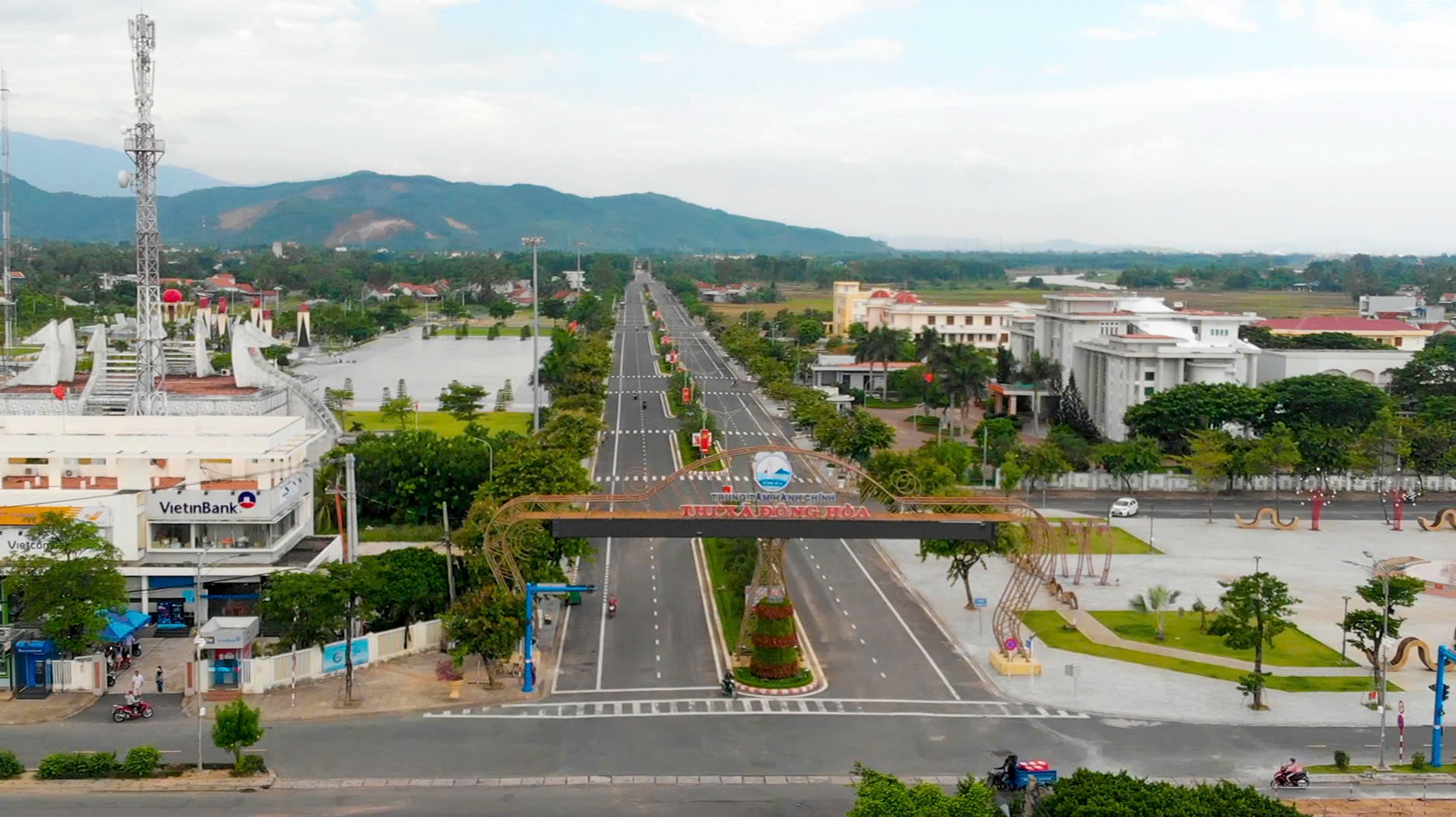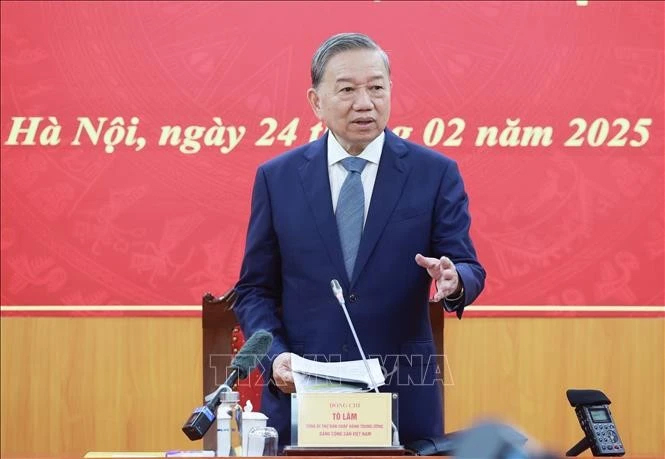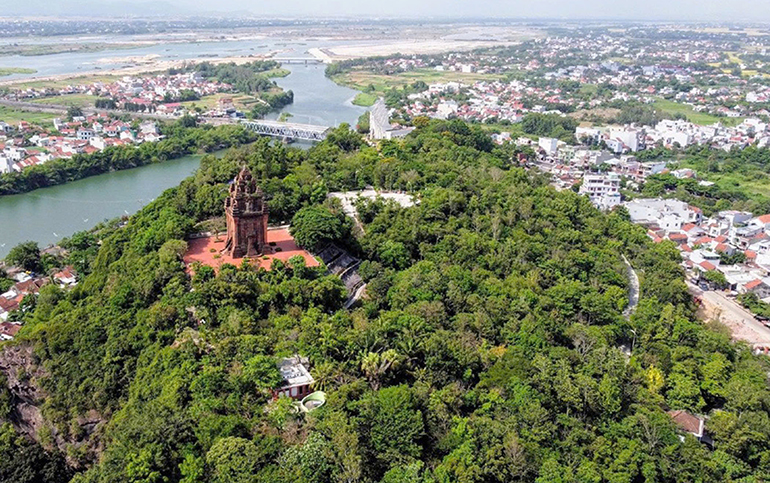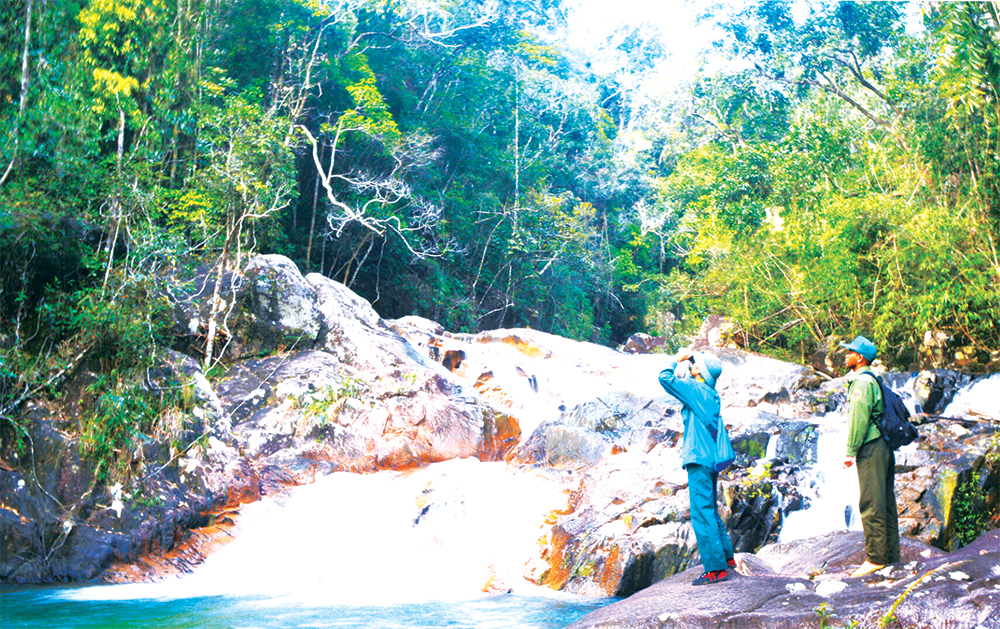Ba River - the river connecting the Central Highlands and the South Central Coast - has been an important waterway, a connecting space, and a development space for the marine - forest economy for hundreds of years.
Today, with the merger of the two localities of Dak Lak and Phu Yen, Ba River continues to be a connecting flow, a significant resource in the development of the new Dak Lak province.
 |
| The Da Rang River, the lower stream of the Ba River, flowing through Tuy Hoa city, before flowing into the East Sea |
Rich culture
Originating at an altitude of more than 1,500m in the Ngoc Ro mountain range, in the Northwest of Kon Tum province, 374km long, opening a basin of more than 13,900km2, Ba River is the largest and steepest river in the Central region, which has created very unique features of Ba River, besides a very rich culture on both banks, Ba River is also the gateway of the Central Highlands to the East Sea. Under the Champa and Nguyen dynasties, the Ba River was an important waterway, a connecting space, and a development space for the marine-forest economy.
The Ba River basin and its vicinity include a part of the territory of the 7 provinces of Phu Yen, Khanh Hoa, Gia Lai, Kon Tum, Dak Lak, Dak Nong and Binh Dinh. In terms of nature, from the basin perspective, it belongs to 3 main basins: Ba River (Kon Tum, Gia Lai, Phu Yen, Dak Lak provinces), Serepok River (Dak Lak province) and Con River (Binh Dinh province). The three basins have relationships in terms of water resource balance, ecology and environment. The Ba River basin is the second largest inland basin of our country, located on both sides of the Truong Son mountain range and can be considered a transition basin from the Central Highlands to the South Central Coast. Therefore, the river network in the Ba River basin has very different characteristics compared to other river basins in the same geographical location.
Traditionally, there has been a long-standing relationship between the ethnic groups living in the basin, sharing the same historical circumstances, drinking from the same stream. Folklore has long circulated a folk song about the trade and connection between the two regions: “Whoever comes back, please tell everyone/ Send young jackfruit down, send flying-fish up”. In particular, the people in the mountainous areas along the Ba River basin made great contributions in the two resistance wars against the French and the American army to liberate the country.
Through archaeological collection, excavation and research, it has been shown that the Ba River basin is a land with a long-standing and highly developed culture, demonstrated through tools crafted from stone such as: lithophones, stone trumpets, stone horns, axes, adzes, cymbals, grinding wheels, etc.; with typical cultures such as Sa Huynh culture and Champa culture. In addition, there are also extremely valuable cultural heritages of ethnic minorities in the semi-mountainous region of Western Phu Yen up to the Central Highlands, typically the space of gong culture and epics. The Ba River basin is also the birthplace of the art of singing Tuong, calling Bai Choi, Ho Ba Trao in the downstream area, gong festivals, housewarming ceremonies, health celebrations, etc. of the E De, Ba Na, Cham people in the upstream area.
The “living heritage” of the river
In the depth of its origin, the Ba River is also an endless source of inspiration for compositions, for those who are destined to be with the river.
Musician Nhat Lai, a son of Phu Yen land, but most of his life of revolutionary activities and compositions is associated with Dak Lak land, associated with the Central Highlands, associated with the cultural source of the two banks of the Ba River.
Born in 1931 in Tuy An district, in 1948, Nhat Lai attended the South Central Coast Junior High School in Quang Ngai and 2 years later worked as a cadre at the Information and Propaganda Department of Dak Lak province. Working in Dak Lak province, musician Nhat Lai learned the language of ethnic minorities in the Central Highlands. He often wore a loincloth, went barefoot, and traveled to villages to learn about the life and culture of the Ede, Ba Na, J'rai, H're, etc. and spoke their languagesfluently. He collected, researched folk songs and composed music about the Central Highlands, making great contributions to Central Highlands music.
Folklore researcher Ka So Lieng is a Cham ethnic in Kien Thiet hamlet (Ea Cha Rang commune, Son Hoa district), where the Ba River prepares to leave the highlands and arrive at the plains before flowing into the sea. Determined to preserve the heritage of the Ba River, which is the belly that preserves folk songs and epic poems, Mr. Ka So Liengdiligently collected and translated epic poems of ethnic groups in the highlands. Every evening, after hours of working in the garden and on the fields, he lighted up the lamp to diligently rewind tapes, record each section of the epic poem, or translate from yellowed old pages of books, etc. Although he passed away, the epic treasure he collected will last forever.
Another great heritage of the Ba River is the Ede ethnic writer Y Dieng. He grew up in Thung hamlet (Duc Binh Dong commune, Song Hinh district) - a small hamlet located on the east side of Me Bong Con mountain, on the south bank of Hinh river, a tributary of Ba river when flowing into Phu Yen province. Writer Y Dieng was compared by generations of writers to the shade of a giant Kơ Nia tree, to the village elder of Central Highlands literature. Writer Y Dieng could use French, Lao, and was good at many ethnic minority languages such as Ba Na, Cham, J'rai, Tay, etc. He wrote: I’m waiting soldiers of Awa Ho, The Elderly KRao, Ho Giang Drai hlinh comes to the light, As the bird wings of Kway, The story on Hinh river, etc. But most valuable, he was the first Ede person to go beyond oral folk literature to written literature; he was also the first person to write a long story in Ede - Vietnamese, and he was also the first Ede person to be awarded the State Prize for Literature and Arts.
Also in Song Hinh district, Mr. Y Dieng wrote prose, Mr. Mo Lo Y Choi wrote poetry. The two of them went hand in hand in the literary village of the Central Highlands like the two banks of the Hinh river. Through poetry, Mr. Mo Lo Y Choi created a girl from the Ba River with a slender bun, hands nimblysharpening bamboo stakes, and a melodious voice singing. Mr. Mo Lo Y Choi said: “Back then, colleagues from the South came and told stories, I thought of writing the article “The girl sharpening bamboo stakes” published in the Van Nghe newspaper, and won an encouragement prize. Hoang Hiep composer wrote music and the song has sung until now”.
Just a section where the Ba River is about to flow into the sea, we have encountered many “living heritages” of the river. Going upstream towards the setting sun, there are many more epics of the Dam San, the Sun Goddesses, etc. Those who preserve the heritage of the river themselves become a heritage. They enjoyed and created the river's heritage by working hard in the village, breathing the mountain air, day and night taking care of the cultural layers of their ethnic group, which only appear on the fields, the stilt house stoves and on the rivers.


